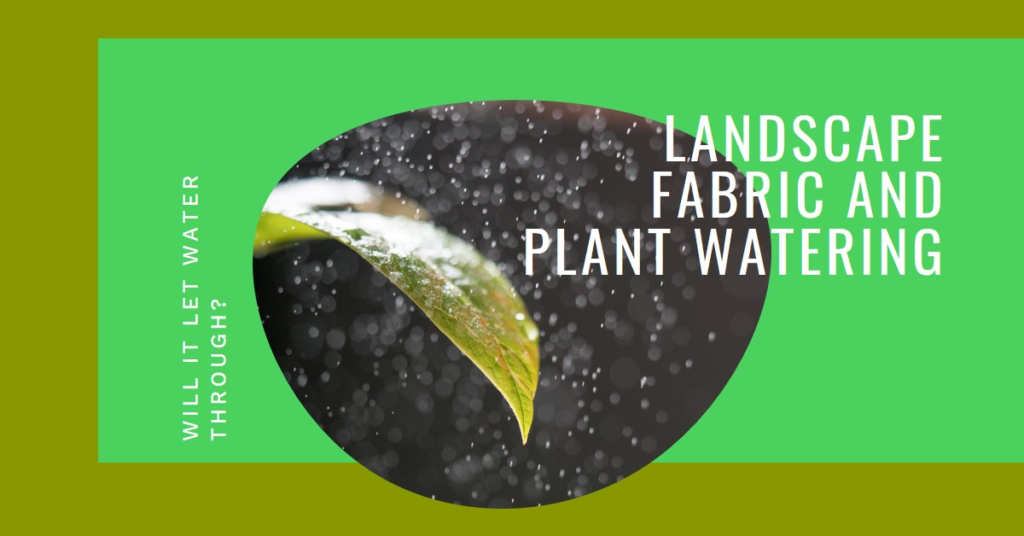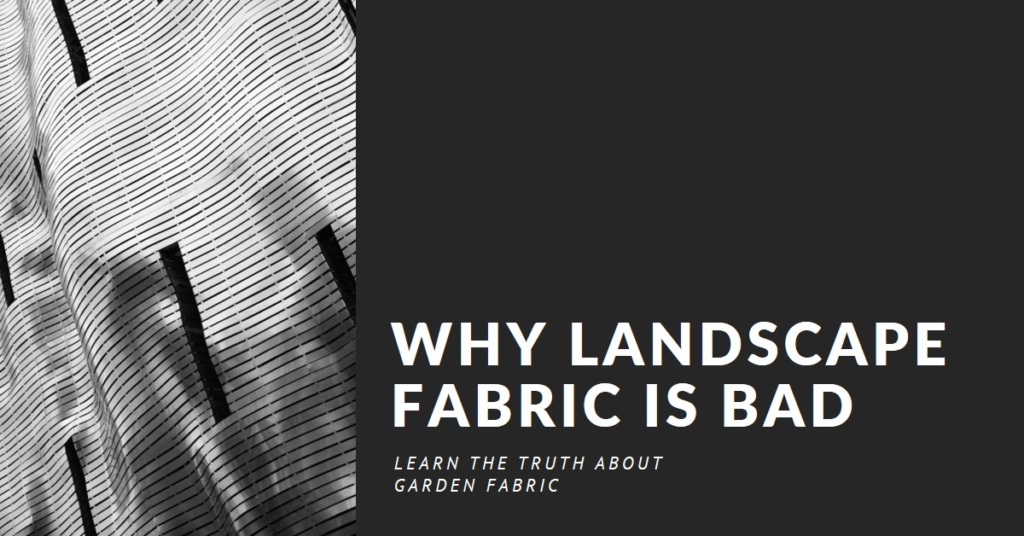
Table of Contents
- Introduction: Understanding Landscape Fabric
- The Science Behind Landscape Fabric: Composition and Function
- Water Permeability: A Key Feature
- Benefits of Using Landscape Fabric
- Potential Drawbacks to Consider
- Tips for Effective Use of Landscape Fabric
- Real-World Applications: Garden Beds and Landscaping
- Case Studies: Success Stories and Lessons Learned
- Innovative Uses: Beyond Traditional Gardening
- Conclusion: Is Landscape Fabric Right for Your Garden?
Introduction: Understanding Landscape Fabric
Landscape fabric, also known as weed barrier fabric, is a versatile and popular gardening tool used to control weeds while allowing water and nutrients to reach plant roots. It’s a synthetic or natural material, typically made of polypropylene or polyester, designed to lay on the soil surface. Gardeners and landscapers use landscape fabric to maintain aesthetic appeal and reduce maintenance efforts.
Understanding how landscape fabric interacts with water is crucial for ensuring the health of plants. This blog post explores the water permeability of landscape fabric, its benefits, potential drawbacks, and tips for effective use in various gardening and landscaping scenarios.
The Science Behind Landscape Fabric: Composition and Function
Landscape fabric is manufactured with a focus on durability and permeability. Most fabrics are woven or spun-bonded, creating a structure that allows water and air to penetrate while preventing weed growth. The fabric’s material and construction are crucial in determining its effectiveness.
Woven fabrics feature a crisscross pattern that offers strength and allows some water to pass through the tiny gaps between the threads. Spun-bonded fabrics, on the other hand, have fibers bonded together to form a porous mat. Both types aim to balance durability and permeability, ensuring that plants receive adequate moisture without being overwhelmed by weeds.
Water Permeability: A Key Feature
One of the primary concerns for gardeners using landscape fabric is whether it lets water through effectively. The design of landscape fabric includes tiny pores that allow water to penetrate while blocking sunlight and weeds. These pores are essential for maintaining soil moisture levels and supporting healthy plant growth.
The effectiveness of water permeability depends on several factors, including the quality of the fabric, the installation process, and the type of soil. High-quality landscape fabric will have a well-balanced pore structure, ensuring water can reach plant roots without pooling on the surface. Proper installation, including avoiding overlapping layers excessively, also plays a significant role in maintaining water flow.
Benefits of Using Landscape Fabric
Landscape fabric offers several advantages beyond water permeability. It significantly reduces weed growth, minimizing competition for resources among plants. By blocking sunlight, the fabric inhibits weed germination, making garden maintenance more manageable.
Additionally, landscape fabric helps in soil erosion control. It stabilizes the soil by holding it in place, preventing it from being washed away during heavy rains. This feature is particularly beneficial in areas prone to erosion, such as slopes and banks. Moreover, landscape fabric can enhance soil temperature regulation, keeping roots cool in summer and warmer in winter, promoting year-round plant health.
Potential Drawbacks to Consider
While landscape fabric has many benefits, it also has potential drawbacks. One significant concern is that if not installed correctly, it can impede water flow rather than facilitate it. Overlapping layers, using non-permeable fabrics, or failing to secure the fabric properly can create barriers to water and air movement, harming plant health.
Another issue is the potential for soil compaction over time. Landscape fabric can sometimes create a barrier that restricts natural soil movement and aeration, leading to compaction. Compacted soil reduces root penetration and water absorption, ultimately affecting plant growth. Regular monitoring and maintenance can mitigate these issues.


Tips for Effective Use of Landscape Fabric
To maximize the benefits of landscape fabric while avoiding potential drawbacks, gardeners should follow best practices for installation and maintenance. First, choose a high-quality, permeable fabric suited to your specific gardening needs. The fabric’s permeability should match the water requirements of your plants.
When installing the fabric, ensure it is laid flat and secured with landscape pins or staples. Avoid excessive overlapping of the fabric, as this can block water flow. Cut holes or slits where plants will be placed to allow direct access to the soil. Adding a layer of mulch on top of the fabric can enhance its effectiveness by providing additional moisture retention and protection.
Real-World Applications: Garden Beds and Landscaping
In garden beds, landscape fabric is particularly useful for controlling weeds around perennial plants and shrubs. By placing the fabric around established plants and covering it with mulch, gardeners can significantly reduce the time spent weeding while ensuring plants receive adequate water.
In larger landscaping projects, such as creating pathways or covering slopes, landscape fabric serves a dual purpose. It not only prevents weeds but also stabilizes the soil, reducing erosion. For pathways, using landscape fabric beneath gravel or stones ensures a clean, weed-free surface.
Case Studies: Success Stories and Lessons Learned
Many gardeners and landscapers have shared their success stories using landscape fabric. For instance, a community garden project in a suburban neighborhood saw a dramatic reduction in maintenance hours after installing landscape fabric in all the raised beds. The fabric kept weeds at bay and allowed rainwater to reach the plants, resulting in healthier, more robust growth.
However, not all experiences are positive. A home gardener reported issues with water pooling on the fabric surface due to improper installation. By re-installing the fabric correctly, with attention to securing the edges and avoiding overlaps, the problem was resolved, demonstrating the importance of proper technique.
Innovative Uses: Beyond Traditional Gardening
Landscape fabric’s utility extends beyond traditional gardening. It is increasingly used in urban agriculture and green roofs. In urban agriculture, the fabric helps manage weed growth in small spaces, such as rooftop gardens and community plots, where maintenance resources are limited.
For green roofs, landscape fabric provides an essential layer that prevents soil erosion and aids in water drainage. Its permeability ensures that the substrate retains enough moisture for plants while allowing excess water to drain, preventing root rot and other moisture-related issues.
Conclusion: Is Landscape Fabric Right for Your Garden?
Deciding whether to use landscape fabric in your garden depends on your specific needs and gardening goals. If you seek to reduce weed growth, control soil erosion, and maintain soil moisture, landscape fabric can be a valuable tool. However, careful selection, proper installation, and regular maintenance are crucial to ensure it functions effectively.
By understanding the science behind landscape fabric and following best practices, you can harness its benefits and create a thriving, low-maintenance garden. Consider your garden’s unique conditions and experiment with different approaches to find the best solution for your plants.


